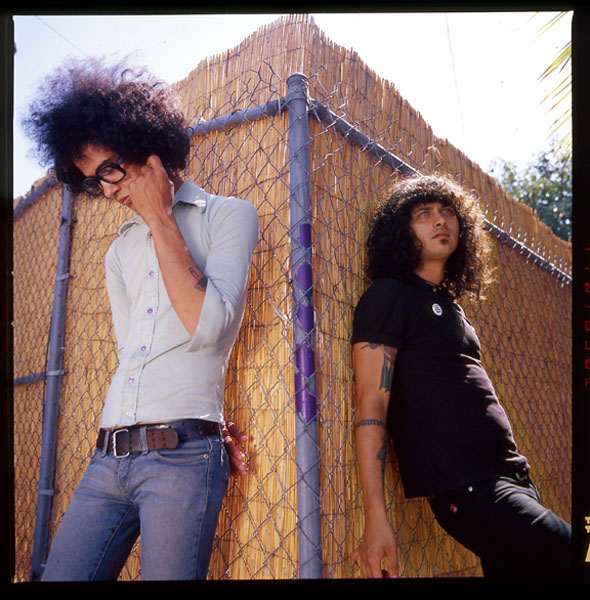The End of Mars Volta
 I was drawn to the Mars Volta because of the artwork of Francis the Mute. At 14 my musical interest was a set of bands inherited from my father, mostly Pink Floyd. The cinematic cohesion of albums The Wall and Wish You Were Here, allowed me to visualize the music and unravel the meaning. (It wasn’t until I was able to connect Dark Side with Kurt Vonnegut’s Slaughterhouse-Five that I truly got it).
I was drawn to the Mars Volta because of the artwork of Francis the Mute. At 14 my musical interest was a set of bands inherited from my father, mostly Pink Floyd. The cinematic cohesion of albums The Wall and Wish You Were Here, allowed me to visualize the music and unravel the meaning. (It wasn’t until I was able to connect Dark Side with Kurt Vonnegut’s Slaughterhouse-Five that I truly got it).Then I checked out and only passingly observed the ongoing careers of two very successful Mexican-american artists. Omar A. Rodriguez-Lopez continues to prolifically create music through his multitude of side projects, including his work with TMV. The fact that Rodriguez-Lopez is a Mexican American, from the border town of El Paso, is ingrained in his performance and personality without becoming a stereotype. That he can inject his art with his culture in a successful way without commodifying the frequently highlighted aspects provides inspiration for other Mexican American artists who want to escape the pigeon hole of being only skilled laborers. (It’s so subtle that after more than five years I discovered that the beginning of “Miranda that Ghost Just Isn’t Holy Anymore” isn’t birds but instead the coqui frog from Puerto Rico).
After I learned of the end of the band, I set out to listen to their discography in chronological order: an arduous and sometimes stressful task that has taken me more than two days to finish. Deloused (the band’s first album) and Francis the Mute (second) are the most cohesive and diverse. They develop a story line that is complicated by the international instrumentation and music style. They are metal with salsa, Spanish poetry that is complex and winding, the inner ramblings of terrified and unique individuals.
The later albums diverge from this model and become more about the intricate guitar playing of Rodriguez-Lopez and the operatic vocals of Bixler-Zavala. They are steeped in some other worldly, or indigenous titling, that coupled with obscure lyrics, create a sonic atmosphere deep enough to fall into.
As with At the Drive-In it may be time for both artists to move on to different projects, Rodriguez-Lopez is even releasing a new album with Bosnian Rainbows in a couple months. The music that TMV was able to create will continue to inspire and provide access to a world of music that is more difficult but rewarding than top 40.


